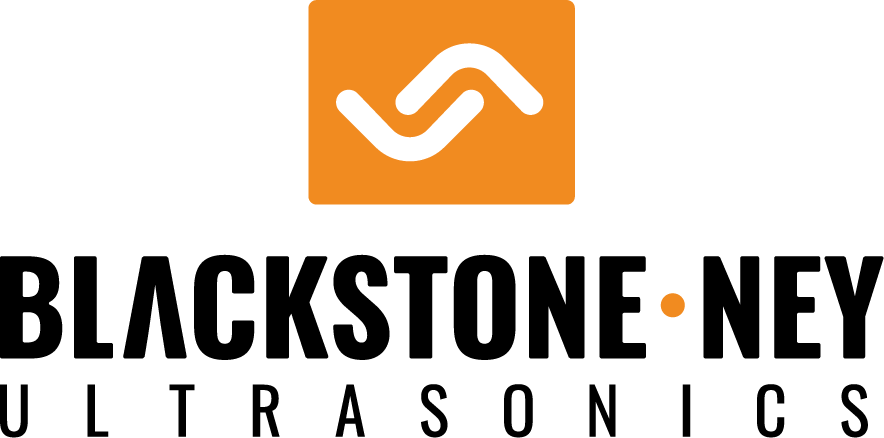Many cleaning systems are automated. There are a number of benefits that can be realized through automation – Reduced labor cost Increased throughput Improved process consistency Reduced Labor Cost The cleaning process is inherently labor intensive. Parts to be cleaned must be prepared and fixtured or put into suitable carriers. They must then be moved … Continued
This series of blogs about automation will address automation as an “add-on” or accessory to an existing or planned cleaning system. In many cleaning systems, automation, or at least partial automation, is an integral part of the system as it is required for effective cleaning process. This is especially true of spray washers which often rely … Continued
The cleaning process is really just an exercise of removing contamination from the surface being cleaned and moving it to a segregated location for collection and disposal. This is accomplished in a number of ways depending on the volume and nature of the contamination. Solid contamination that is more dense than the cleaning media (usually … Continued
In my experience, drying deserves a lot more attention than is usually gets in the design of a cleaning system. If for no other reason, drying deserves extra attention because it is almost always the most time-consuming of all steps in the parts cleaning process.
Cleaning sample parts in a test laboratory is one of the logical first steps in the development of a cleaning process and the subsequent specification of cleaning hardware to perform that process. Earlier in my life, as the test lab manager for one of the largest suppliers of ultrasonic cleaning equipment in the world, I … Continued
Just about every cleaning process is performed in the interest of providing a clean part. This makes the “deliverable” a clean part! Part cleanliness, however, is often not the variable that is tracked in the interest of quality control. Let’s talk about that. It would be nice if there was a simple way to test … Continued
Ultrasonic agitation of cleaning solutions is just one of many tools that can be used to facilitate and enhance a cleaning process. High frequency vibrations are introduced into a bath of liquid cleaning solution by specially designed devices called transducers which are similar in concept to loudspeakers but designed to operate at much higher sound … Continued
Somewhere along the way, maybe half a lifetime ago, I got involved in photography on a semi-professional basis. I photographed a bunch of weddings and also spent a lot of time cruising around back roads taking pictures of birds, colored leaves, snow banks, flowers and whatever else I thought was interesting that got in the … Continued
The use of some kind of chemistry is an important and unavoidable part of most industrial cleaning processes. Chemistries can remain effective for as little as a few hours or as long as a year or more depending on the chemistry and how it is used. In the end, however, cleaning chemistry must be disposed … Continued
Having a means to evaluate and monitor the cleanliness of parts after cleaning is essential to assure the success and consistency of any cleaning process. Selecting and properly applying the appropriate cleanliness test for a particular application is a task that should not be taken lightly. A cleaning test should be able to quantify the … Continued
